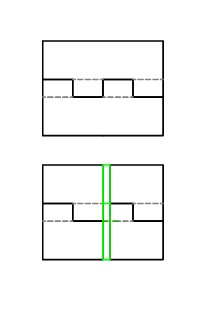I am working on a prop that will have lots of isolated pixels. The main reason to pixels is its a lot easier to control and create, then ic’s and timers, etc. to make led’s flash in sequence. Also, this way I can change colors of the whole thing.
Here is my blade config:
BladeConfig blades[] = {
{ 0,
SubBlade(8, 15, WS2811BladePtr<16, bladePin, Color8::GRB, PowerPINS<bladePowerPin1>>()), // b1 front green scanny thing
SubBlade(0, 3, NULL), // b2 big blue scanny thing
SubBlade(4, 5, NULL), // b3 side by side green
SubBlade(6, 7, NULL) // b4 up down red
SubBlade(11, 12, WS2811BladePtr<12, bladePin, Color8::GRB, PowerPINS<bladePowerPin2>>()), // b5 top exterior lights
SubBlade(6, 9, NULL), // b6 alpha beta gamma delta
SubBlade(3, 5, NULL), // b7 geo met bio
SubBlade(0, 2, NULL) // b8 green up dn meter
SubBlade(10, 10, NULL) // b9 pwr light
SimpleBladePtr<CH1LED, NoLED, NoLED, NoLED, bladePowerPin4, -1, -1, -1>(), // b10 lower lights (two red leds)
CONFIGARRAY(presets) },
};
The last 2 led’s wont have room to run 3 wires, only 2 (so, 3.3v and led4 in this case)
Is this too many blades? Is there a blade limit? Can WS28xx be mixed with regular led’s?
